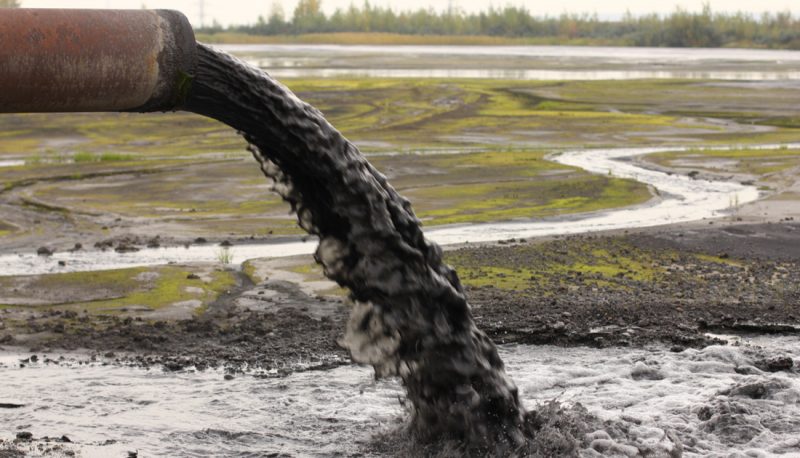Trump Justices Neil Gorsuch, Brett Kavanaugh, and Amy Coney Barrett cast deciding votes in a 5-4 shadow docket ruling that harmed the ability of states to enforce the Clean Water Act (CWA). The order reinstates a Trump rule that threatens clean water. The April 2022 ruling came in Louisiana v American Rivers.
The dispute about the Clean Water Act
Under a 50 year-0ld regulation, states must approve industry pipeline and other discharges that could harm water quality. Industry has long objected, contending that the rule often causes delay or rejection of important projects. In 2020, the Trump EPA enacted a new rule that significantly restricted the states’ role.
Twenty states, environmental groups, and others challenged the new rule in court as violating the CWA. The new Biden Administration announced it would reconsider the issue, but one such case continued. In October 2021, a federal district court vacated the Trump rule as contradicting the CWA. It effectively reinstated the previous regulation pending Biden EPA review. One environmental group commented that the decision “restores an essential clean water safeguard.”
Industry and conservative states appealed, and the Ninth Circuit refused to block the district court’s order pending appeal. The appeals court will receive final briefs and hear argument on the appeal soon. “After dragging its feet for nearly five months,” and before the appeals court decides the case, however, the industry-red state group recently asked the Supreme Court to put the lower court ruling on hold until the final decision in the case.
What happened in the Supreme Court
In an unsigned “shadow docket” order with no explanation, a 5-4 Court majority did exactly what industry wanted. The majority stopped the lower court order and effectively forced reinstatement of the Trump EPA rule. This will last until the case ends, which could well continue for a year or more. In addition to the three Trump justices, the majority included Justices Clarence Thomas and Samuel Alito.
Even Chief Justice Roberts joined Justice Elena Kagan’s dissent, which Justices Stephen Breyer and Sonia Sotomayor also agreed with. Kagan explained that the Supreme Court can properly issue such a stay only in “extraordinary circumstances” when evidence shows “irreparable harm” and “an exceptional need for immediate relief.” Industry claimed that states were using the old rule to obstruct vital energy projects. Yet Kagan wrote that industry “has not identified a single project that a state has obstructed” or “that the court’s ruling threatens.” The Court has “no warrant,” she concluded, for its “emergency” relief.
What happens now?
The Court’s latest “shadow docket” order has received immediate criticism. Mark Joseph Stern called it “an affront” to the CWA, “federalism, judicial restraint, and common sense.” Indeed, he suggested, it appears to be precisely the type of “purely results-driven attempt” to “impose the policy preferences of the majority” that Justice Barrett claims to avoid. Earthjustice commented that the ruling “undermines the rights” of states to “reject dirty fossil fuel projects that threaten their water.”
The litigation of the case continues in the Ninth Circuit, and possibly in the Supreme Court, with the harmful Trump rule in place. The Biden EPA can and should, independent of the lawsuit, adopt a rule that properly abolishes the Trump regulation. Industry and others can and likely will challenge such a rule. Given the Court majority’s “shadow docket” edict, prospects for final restoration of CWA protection remain uncertain at best.

